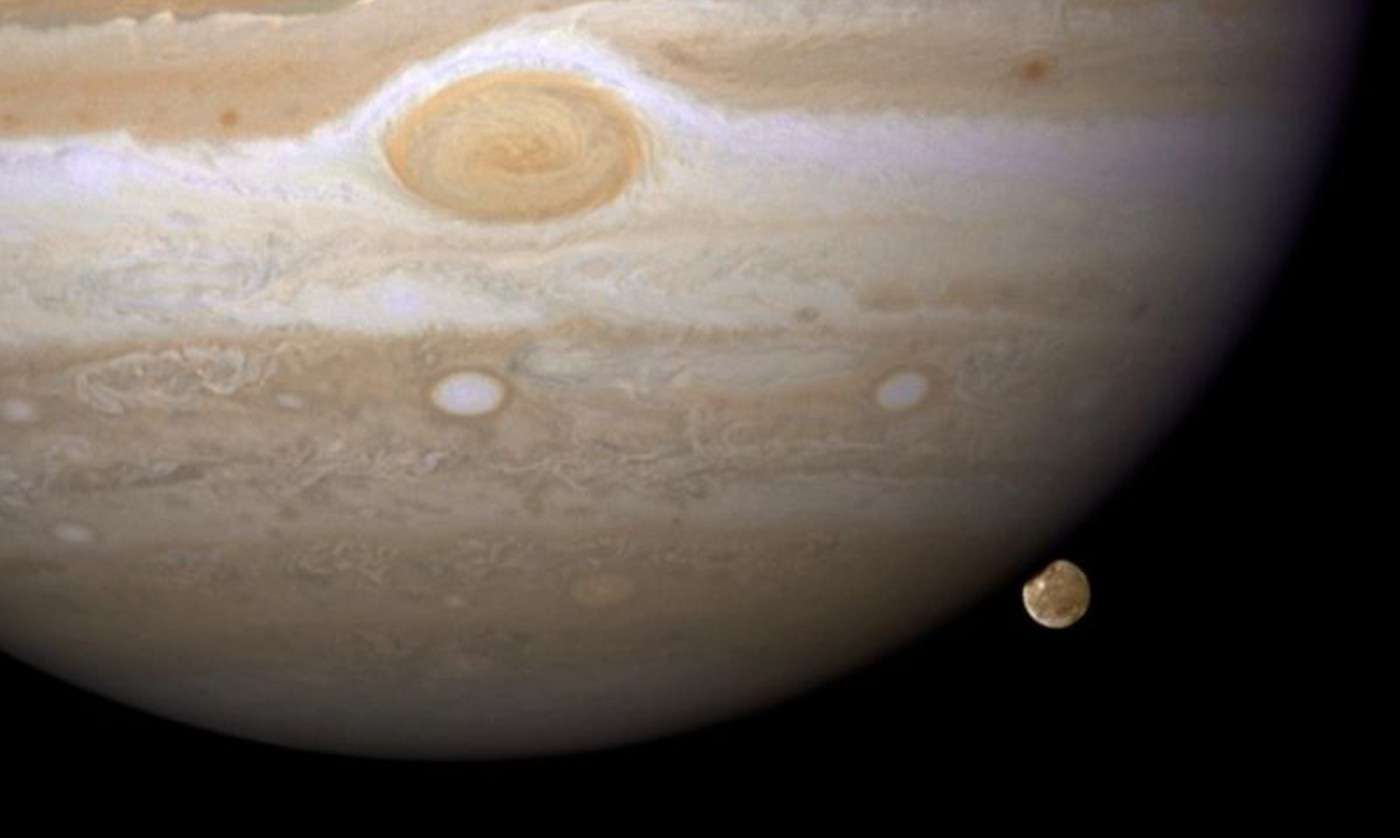NASA Measures Interior of Mars for the First time, Revealing Huge Liquid Core
Thanks to the InSight lander's patient measuring, scientists have mapped the Martian crust, lithosphere, and core for the first time.

One might think that since we can take detailed images of galaxies millions of light years away, there's no way something as significant a moon could exist within our solar system without our knowledge, but not only are there moons we don't know of yet, but they are being found by amateur astronomers.
In the equivalent of putting the 80th star on a flag of Jupiter, hobbyist Kai Ly officially submitted evidence of an 80th moon of Jupiter, a hitherto unlocated heavenly body of red rock.
Currently awaiting a common name, the moon is believed to be a piece of a very large comet absorbed by Jupiter's gargantuan gravitational field, rather than a shard of the planet itself.
This isn't the only moon, believe it or not, which Ly has discovered. Indeed, using data from a detailed survey of the Jupiter space in 2003 from the Canada-France-Hawai'i Observatory, Ly found four moons just last year, and parsed the fifth from the same data as a "summer hobby before… school".
"I'm proud to say that this is the first planetary moon discovered by an amateur astronomer," wrote Ly in a message to the astronomy community. "Other than that, there really isn't anything remarkable about this Jovian moon-it's just a typical member of the retrograde Carme group."
Discovered in 1938, the Carme group is a group of "Jovian moons" (Moons of Jupiter) that all came from a single large comet or other kind of debris. The largest moon in the group, carrying 99% of its total mass, is named Carme, but is just 14 miles in diameter. The clip below demonstrates the "miniscularity" of the new moon.
EJc0061 imagesThe Carme group is notable for its dramatic elliptical orbit, but also because they orbit in the opposite direction to the planet itself, known as a retrograde. While the recently-discovered "EJc0061 = S/2003 J 24," is the last of the known Jovian moons to be found, there could be more, even hundreds of yet undiscovered ones.
The Jovian moons are fascinating objects, which include entities like Io, which is the most volcanically active body in the solar system, while Ganymede, the largest of the Jovian moons, is the only moon in our solar system with a magnetic field, which gives it an aurora by the way.
The best periods for looking are when the Earth and Jupiter are skewered by the sun, allowing us to view it in full light.
SHARE This Far Out Story With Pals on Social Media…
Be the first to comment